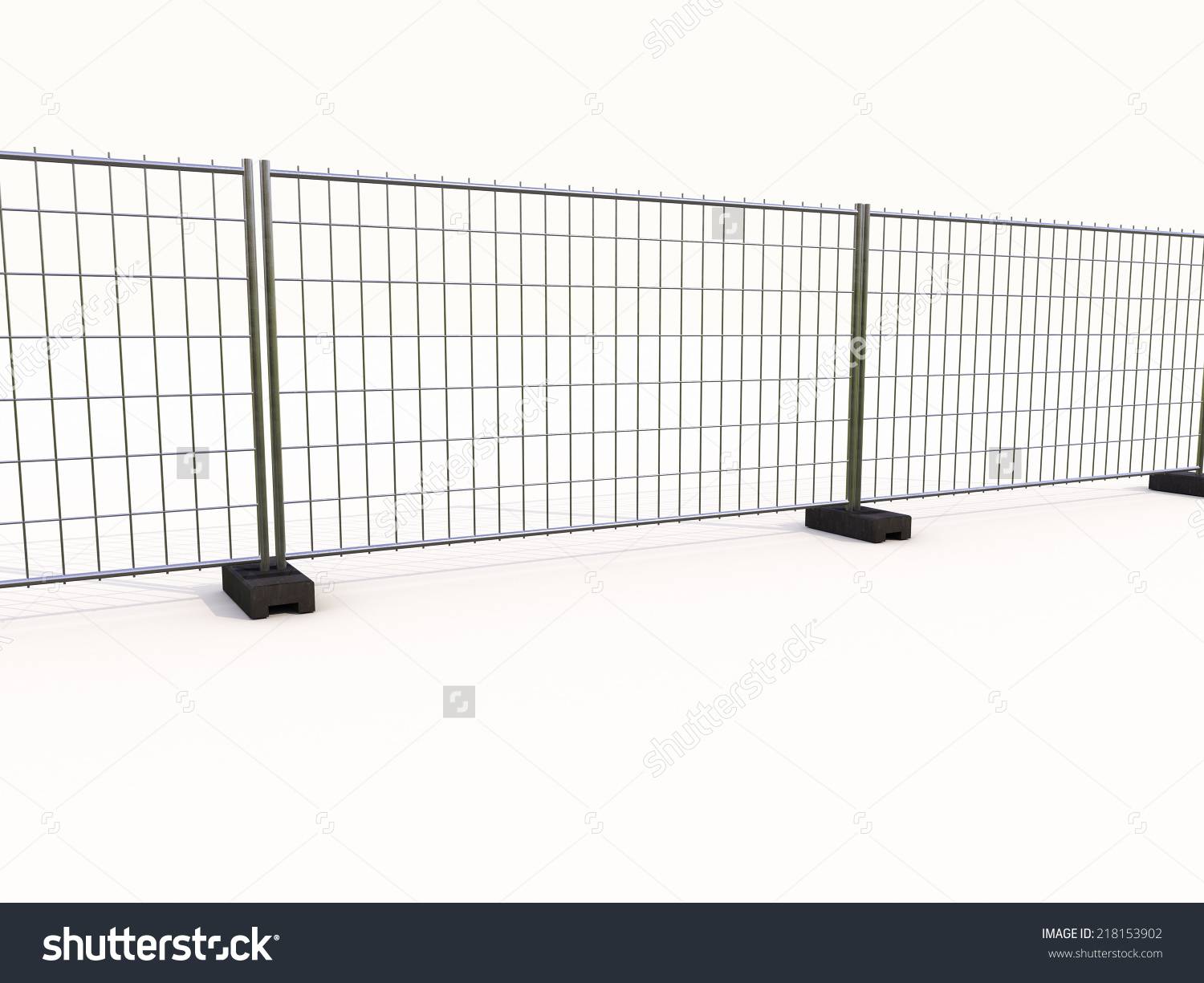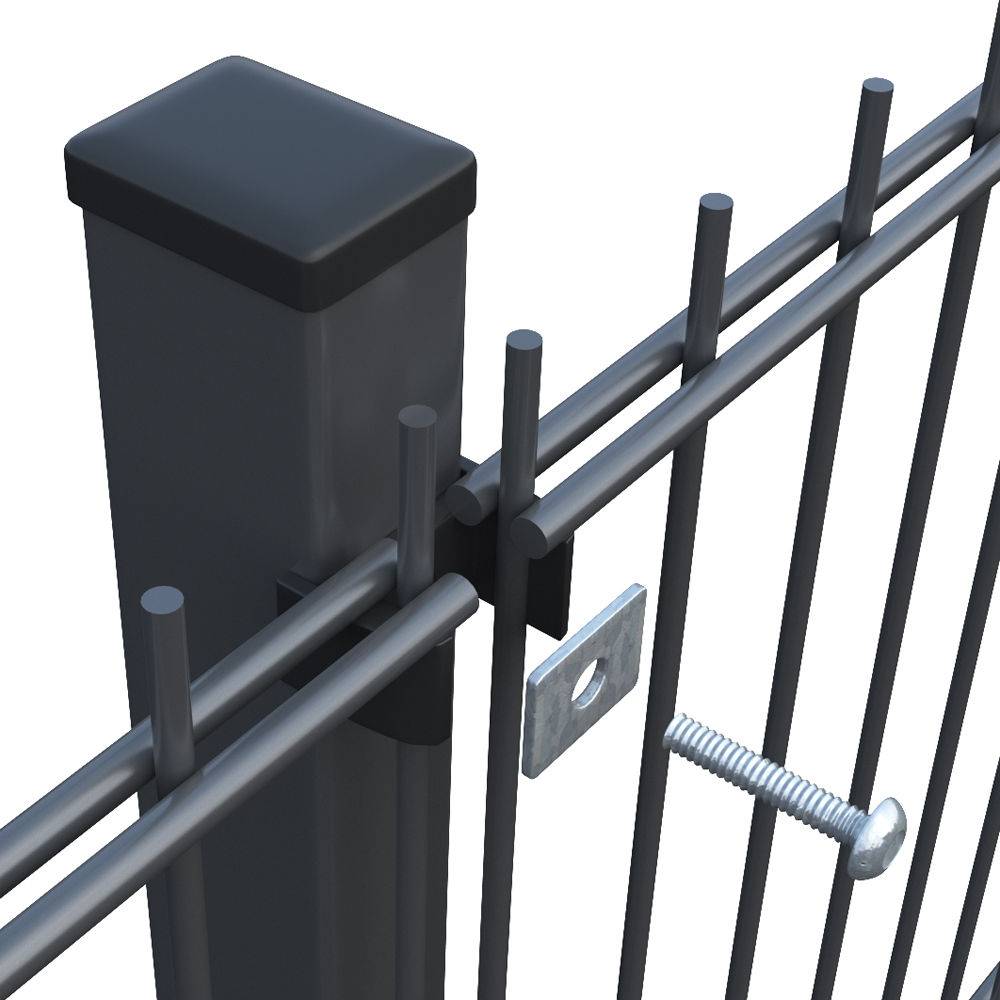

- Afrikaans
- Albanian
- Amharic
- Arabic
- Armenian
- Azerbaijani
- Basque
- Belarusian
- Bengali
- Bosnian
- Bulgarian
- Catalan
- Cebuano
- China
- China (Taiwan)
- Corsican
- Croatian
- Czech
- Danish
- Dutch
- English
- Esperanto
- Estonian
- Finnish
- French
- Frisian
- Galician
- Georgian
- German
- Greek
- Gujarati
- Haitian Creole
- hausa
- hawaiian
- Hebrew
- Hindi
- Miao
- Hungarian
- Icelandic
- igbo
- Indonesian
- irish
- Italian
- Japanese
- Javanese
- Kannada
- kazakh
- Khmer
- Rwandese
- Korean
- Kurdish
- Kyrgyz
- Lao
- Latin
- Latvian
- Lithuanian
- Luxembourgish
- Macedonian
- Malgashi
- Malay
- Malayalam
- Maltese
- Maori
- Marathi
- Mongolian
- Myanmar
- Nepali
- Norwegian
- Norwegian
- Occitan
- Pashto
- Persian
- Polish
- Portuguese
- Punjabi
- Romanian
- Russian
- Samoan
- Scottish Gaelic
- Serbian
- Sesotho
- Shona
- Sindhi
- Sinhala
- Slovak
- Slovenian
- Somali
- Spanish
- Sundanese
- Swahili
- Swedish
- Tagalog
- Tajik
- Tamil
- Tatar
- Telugu
- Thai
- Turkish
- Turkmen
- Ukrainian
- Urdu
- Uighur
- Uzbek
- Vietnamese
- Welsh
- Bantu
- Yiddish
- Yoruba

Solar Powered Traffic Bollards & Solar Electric Fencing Solutions Eco-Safe Tech
- Introduction to Solar-Powered Safety Solutions
- Technical Advantages of Solar Bollards & Fencing
- Market Comparison: Leading Solar Bollard Manufacturers
- Custom Solutions for Agricultural & Urban Needs
- Case Study: Solar Bollards in Municipal Traffic Control
- Energy Efficiency Metrics and Cost Analysis
- Future-Proofing Infrastructure with Solar-Powered Traffic Bollards
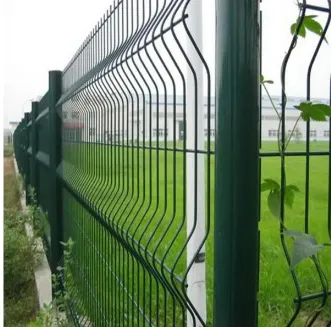
(solar powered traffic bollards)
Harnessing Solar Power for Modern Safety Needs
Solar-powered traffic bollards and electric fencing systems represent a 45% growth sector in sustainable infrastructure, with global adoption increasing by 18% annually since 2020. These solutions merge renewable energy with critical safety applications, offering 24/7 operation without grid dependency. Industry reports indicate solar bollards reduce municipal energy costs by $1,200-$2,800 per unit annually compared to traditional wired systems.
Engineering Superiority in Solar Safety Tech
Modern solar bollards feature:
- 120W monocrystalline panels (22.8% efficiency rating)
- 96-hour battery backup systems
- IP68 waterproof certification
For equestrian applications, solar-powered electric fences deliver 0.3-1.2 joule outputs while maintaining 98% voltage consistency across 20-mile perimeters. This technical edge prevents voltage drop issues common in conventional systems.
Manufacturer Performance Breakdown
| Brand | Luminosity (lm) | Battery Life | Price Point |
|---|---|---|---|
| SolarGuard Pro | 1,800 | 8 years | $$$ |
| EcoBollard 5X | 2,400 | 6 years | $$ |
| SunTrakk Agri | N/A | 10 years | $$$ |
Tailored Implementations Across Industries
Custom configurations address specific needs:
- Urban: 6-ft bollards with 360° visibility
- Rural: 10-mile fence circuits + animal sensors
- Hybrid: Bollard/fence combos for perimeter security
A recent equestrian park installation achieved 40% cost savings through integrated solar bollard/fencing systems.
Real-World Deployment: Phoenix Metro Project
Implementation of 428 solar bollards across 12 intersections yielded:
- 62% reduction in night accidents
- $184K annual energy savings
- 3.2-year ROI period
Quantifying Solar Efficiency Gains
Comparative data reveals:
| Metric | Solar | Traditional |
|---|---|---|
| kW/h per year | 0 | 1,840 |
| CO2 Reduction | 2.1 tons | 0 |
Sustainable Evolution of Solar-Powered Traffic Bollards
Next-gen models integrate IoT capabilities, enabling real-time monitoring of:
- Battery status (95% accuracy)
- Impact detection sensors
- Adaptive lighting controls
These advancements position solar-powered traffic bollards as critical infrastructure components, projected to dominate 68% of the smart roads market by 2029.
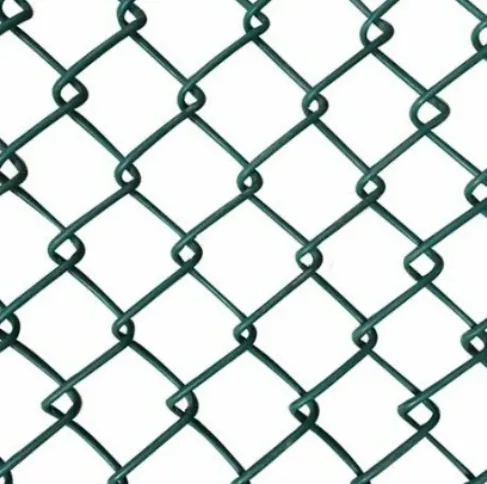
(solar powered traffic bollards)
FAQS on solar powered traffic bollards
Q: How do solar powered traffic bollards work?
A: Solar powered traffic bollards use photovoltaic panels to charge built-in batteries during daylight. The stored energy powers LED lights or reflective elements for nighttime visibility, ensuring 24/7 traffic guidance without grid electricity.
Q: Can solar powered electric fences for horses withstand harsh weather?
A: Yes, most solar powered horse fences are designed with weather-resistant materials and waterproof components. Their solar panels and batteries are typically rated for outdoor use in rain, snow, and extreme temperatures.
Q: What maintenance do solar traffic bollards require?
A: Minimal maintenance is needed: periodic cleaning of solar panels and battery checks every 6-12 months. Durable construction ensures long-term operation with no wiring or complex upkeep.
Q: How long does a solar powered horse fence battery last?
A: A fully charged solar battery can power electric horse fences for 1-2 weeks without sunlight. High-quality systems include low-power modes to extend runtime during cloudy conditions.
Q: Are solar traffic bollards cost-effective compared to wired alternatives?
A: Yes, they eliminate excavation and electrical infrastructure costs. Solar bollards offer lower long-term expenses due to zero energy bills and reduced installation complexity.
Recommended Products
Latest News About CHENG CHUANG
-
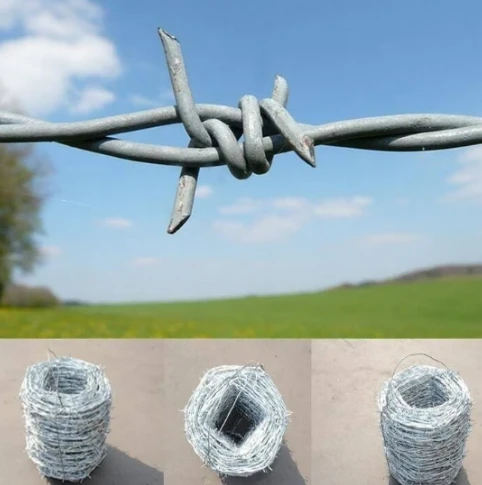 Metal Fence Panels for SecurityWhen it comes to securing properties, protecting perimeters, and maintaining privacy, metal fence panels are one of the most reliable solutions.Read more >
Metal Fence Panels for SecurityWhen it comes to securing properties, protecting perimeters, and maintaining privacy, metal fence panels are one of the most reliable solutions.Read more >Apr 22 2025
-
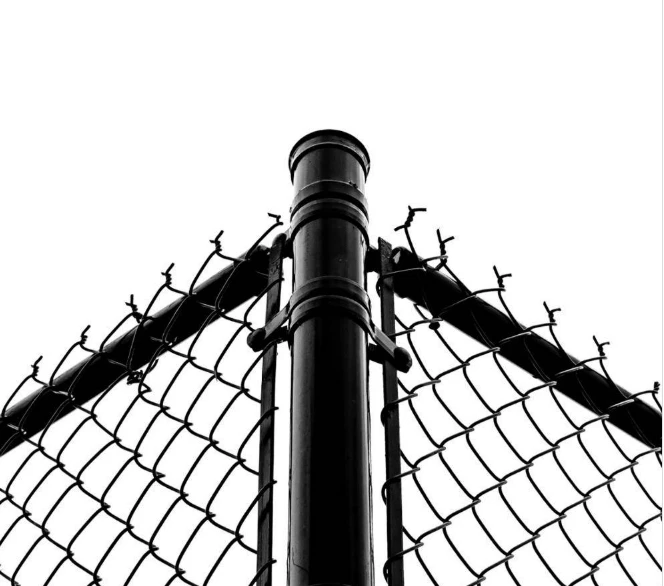 Metal Fence Panels for SaleWhen it comes to securing properties, enhancing curb appeal, and ensuring durability, metal fence panels for sale are an excellent choice.Read more >
Metal Fence Panels for SaleWhen it comes to securing properties, enhancing curb appeal, and ensuring durability, metal fence panels for sale are an excellent choice.Read more >Apr 22 2025
-
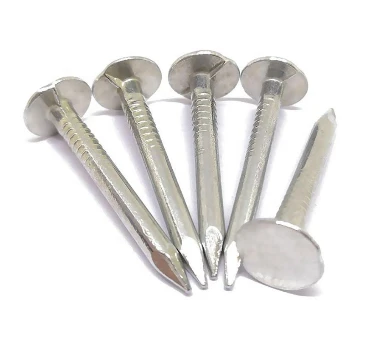 Guide to Common Types of NailsNails are one of the most basic yet essential fasteners used in construction, woodworking, and various DIY projects.Read more >
Guide to Common Types of NailsNails are one of the most basic yet essential fasteners used in construction, woodworking, and various DIY projects.Read more >Apr 22 2025
-
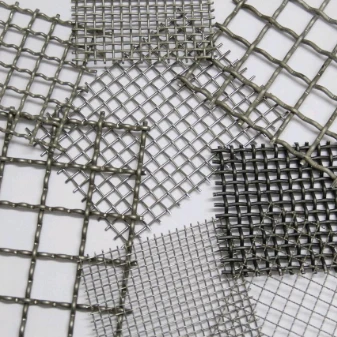 Finding the Best Wire Fencing for SaleWhen it comes to securing your property, ensuring safety, and maintaining aesthetics, wire fencing for sale offers a perfect solution.Read more >
Finding the Best Wire Fencing for SaleWhen it comes to securing your property, ensuring safety, and maintaining aesthetics, wire fencing for sale offers a perfect solution.Read more >Apr 22 2025
-
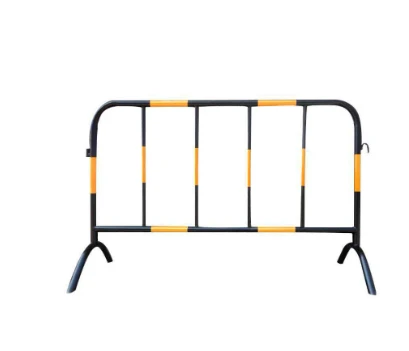 Crowd Barriers for SaleWhen it comes to managing large crowds, ensuring safety, and maintaining organized spaces, crowd barriers for sale are essential.Read more >
Crowd Barriers for SaleWhen it comes to managing large crowds, ensuring safety, and maintaining organized spaces, crowd barriers for sale are essential.Read more >Apr 22 2025
